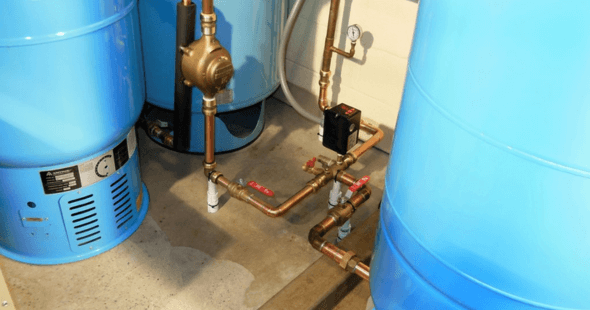Discovering E. coli in your well water can be unsettling. Escherichia coli (E. coli) bacteria indicate that your water may be contaminated with fecal matter, posing significant health risks. However, addressing this issue is manageable with the right approach. This guide outlines effective strategies to eliminate E. coli from your well water, ensuring your water’s safety and quality.
Understand the Source
Firstly, identifying how E. coli entered your well is crucial. Common sources include septic system leakage, agricultural runoff, or animal waste infiltrating the water supply. Inspecting your well for cracks, improper sealing, or nearby sources of contamination is essential. Addressing these root causes is the first step toward ensuring your water remains clean and safe.
Shock Chlorination
One of the most effective methods to eliminate E. coli from well water is shock chlorination. This process involves adding a strong chlorine solution to your well, letting it stand for a specified period, usually 12 to 24 hours, then flushing the system thoroughly until the chlorine is no longer detectable. Shock chlorination can kill bacteria, viruses, and other pathogens. However, it’s essential to follow specific guidelines or hire a professional to ensure the process is done safely and effectively.
Continuous Chlorination
For wells consistently at risk of contamination, continuous chlorination might be necessary. This process involves the automatic addition of chlorine to your water supply at a controlled rate. It’s vital to maintain the correct chlorine levels to effectively disinfect the water without posing health risks. Using chlorine-resistant pipes and fixtures is also recommended to prevent corrosion.
Ultraviolet (UV) Light Purification
UV light purification is an effective, chemical-free method for disinfecting water. By exposing water to UV light, DNA-based pathogens like E. coli are rendered harmless. This method requires electricity and regular maintenance, including bulb replacement and cleaning, to ensure effectiveness. It’s particularly suitable for eliminating bacteria without altering the water’s taste or odor.
Reverse Osmosis (RO) Systems
RO systems can remove various contaminants, including bacteria like E. coli, from water. These systems force water through a semipermeable membrane, filtering out impurities. While effective, RO systems require maintenance and regular filter changes. Additionally, they produce a significant amount of wastewater.
Regular Testing and Maintenance
After addressing the immediate contamination, ongoing vigilance is key. Regular testing, at least twice a year, helps monitor your water quality for E. coli and other contaminants. Additionally, maintaining your well and water treatment systems according to manufacturer guidelines ensures their effectiveness over time.
Conclusion
Eliminating E. coli from well water involves understanding the contamination source, applying appropriate treatment methods, and maintaining your water system. Whether through shock chlorination, continuous chlorination, UV light purification, or RO systems, each strategy offers a way to ensure your water is safe from harmful bacteria. Regular testing and maintenance are the cornerstones of keeping your well water clean and your health protected. By taking proactive steps, you can secure your water supply against E. coli contamination and enjoy the peace of mind that comes with knowing your water is safe.

